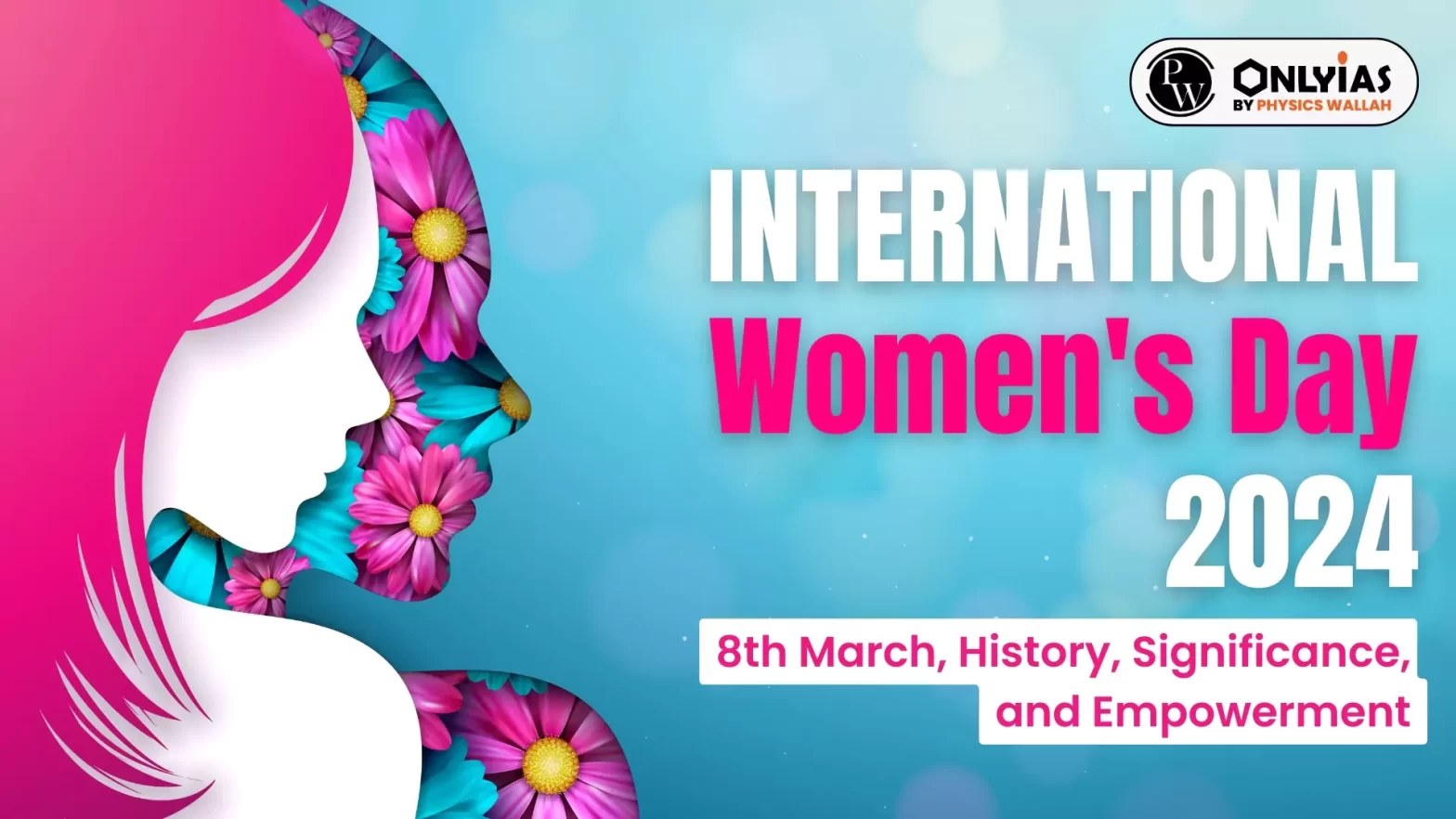Explore the evolution, challenges, and empowering initiatives for women worldwide on International Women's Day, celebrated annually on March 8th

The International Women’s Day is celebrated on 8th March every year to celebrate gender equality and women’s well-being.


The International Women’s Day is an event for celebrating the achievements of women. It also raises awareness about gender equality issues that are currently plaguing the world.
| Must Read | |
| NCERT Notes For UPSC | UPSC Daily Current Affairs |
| UPSC Blogs | UPSC Daily Editorials |
| Daily Current Affairs Quiz | Daily Main Answer Writing |
| UPSC Mains Previous Year Papers | UPSC Test Series 2024 |
The International Women’s Day is celebrated every year on 8th March to honour achievements of women in the society.
The International Women's Day is an occasion for honouring achievements of women and also building an egalitarian society.
Individuals can teach their family and friends to respect women. They can implement anti-discriminatory policies at workplaces.
Organizations can take many steps for promoting gender diversity and inclusions, such as organising awareness sessions, implementing gender pay parity, curtailing sexual harassment etc.

<div class="new-fform">
</div>